Cheese is a beautiful thing. A simple sprinkling can elevate everything from a side of beans to a salad. You can melt it, eat it cold over a cracker, or turn it into a complex sauce. It’s versatile, flexible (literally — cheese pulls are a wonder of nature), goes with almost anything (besides fish!) and — most importantly — delivers on flavor. Best of all, there’s so much variety out there, even the biggest cheeseheads will probably go their whole life without tasting all the cheeses out there.
If your knowledge of Mexican cheese doesn’t extend past Queso Fresco, we don’t exactly blame you (seriously there is so much good cheese out there). But you should know that you’re missing out on a whole world of flavors that deserve just as much shelf space in your fridge as classics like Parmegianno Regianno and the finest fresh mozzarella. So in an effort to level up your cheese game, we’re going to give you the run-down on the world of Mexican cheeses, what they taste like, whether they melt, and what to eat them with.
Let’s dive in.
Queso Añejo
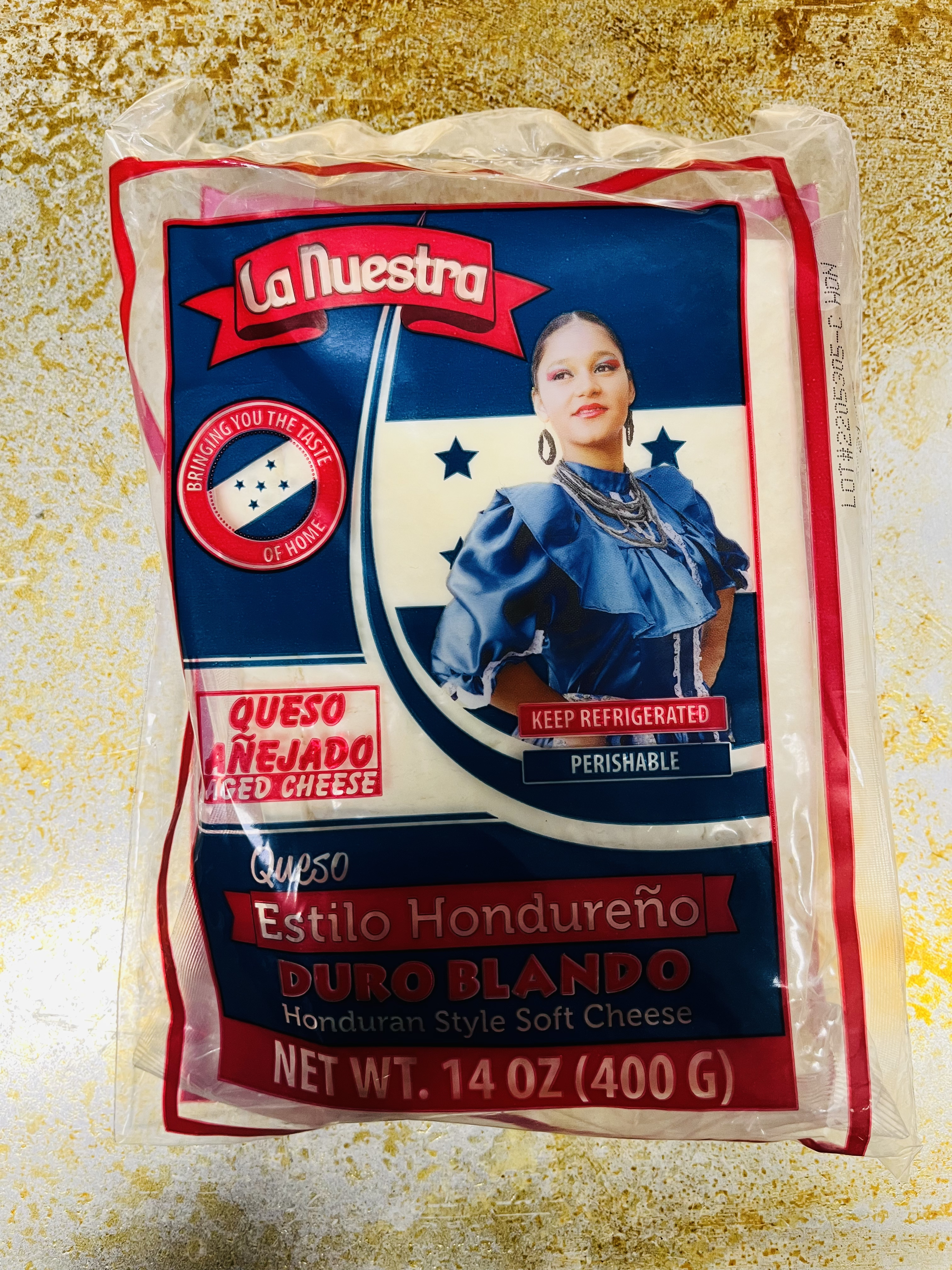
Tasting Notes:
If you’ve ever heard of queso fresco, this is essentially the opposite. It literally translates to old cheese, it’s an aged version of queso fresco that time has turned firmer, a bit sharper, and more distinct in flavor. Think of it like a very subtle parmesan, with the same delectable nutty notes but much less sharp and a bit creamier with a pronounced salty flavor.
Most of the market varieties you’re going to come across are made from raw cow’s milk but some añejo will be made from goat’s milk or a blend. Some varieties are rolled in paprika, which adds a nice earthy component that really allows this cheese’s subtle flavors to shine.
What To Eat It On:
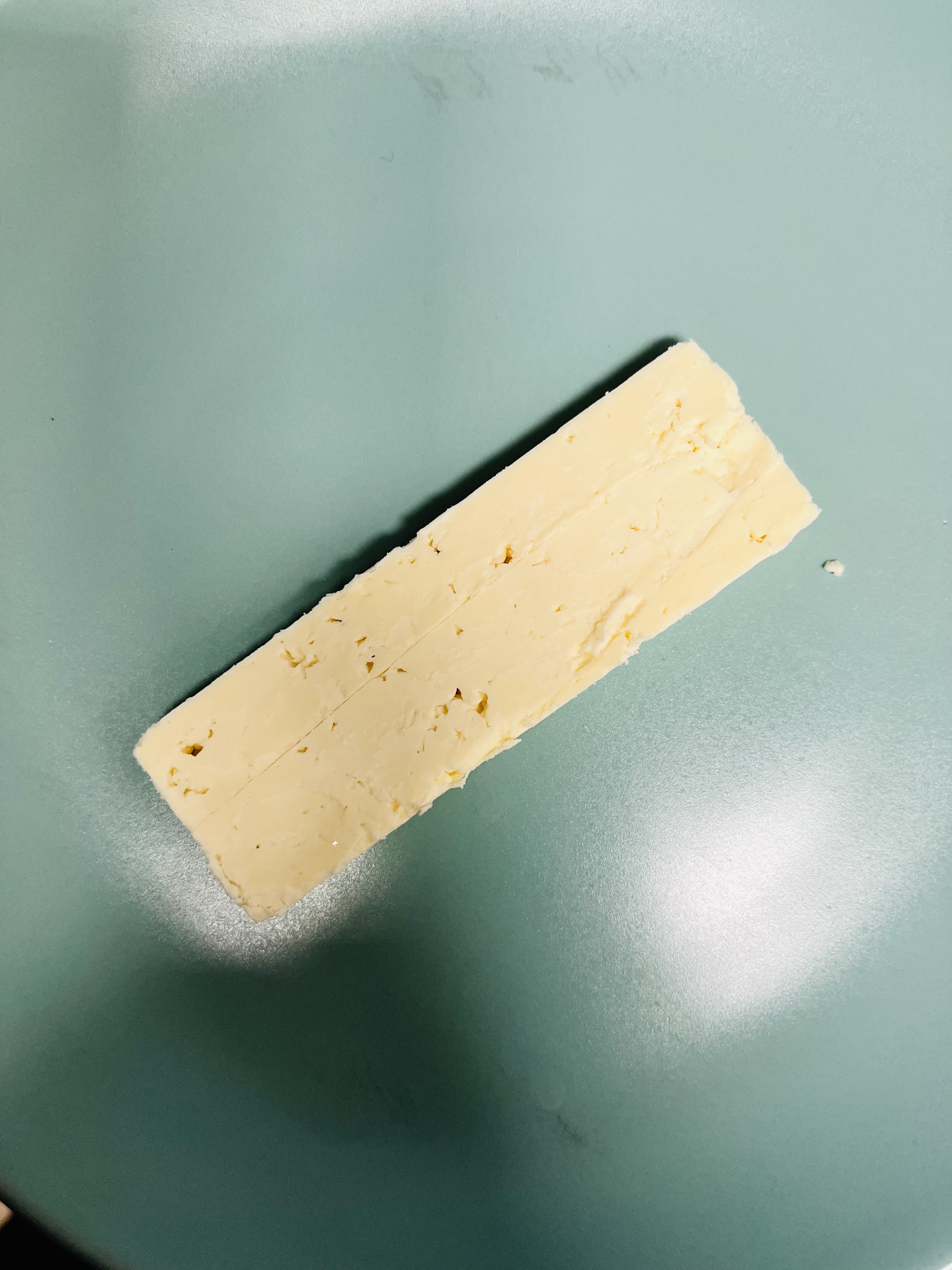
Fresh is the way to go, no need to melt. You can use it as a topping cheese, crumble or shred over tacos, a baked potato, a fresh serving of refried beans, the top of a wet burrito, over an omelet… the uses are limitless!
The Bottom Line:
Sharper, firmer, and more distinct in flavor than the creamy and sweet Queso Fresco.
Cotija

Tasting Notes:
If sharp and salty is your cheese vibe, you’re going to love cotija. Hailing from the town of the same name in Michoacan Mexico, cotija is another aged cheese with a stinky smell but is drier and more firm than queso añejo and tastes similar to where parmesan, romano, and feta converge.
Unlike those cheeses, there is a fresh milky creaminess here, an attribute shared by most of the Mexican cheeses. It has a slightly darker color than queso fresco and doesn’t melt well but the texture softens a bit when heated, which helps to bring the salty flavors forward.
What To Eat It On:

Cotija can be grated and crumbled over everything from tacos to salads but the most popular use for it, and the one we wholeheartedly recommend, is sprinkling it on elotes (grilled corn) with chili pepper and lime. Even over corn simply slathered in butter, it elevates the flavor and adds a sharp saltiness that isn’t as loud as something like parmesan but achieves that same savoriness.
The Bottom Line:
A finishing cheese that plays well with heat.
Queso Fresco

Tasting Notes:
If you’ve had one Mexican cheese in your life, it’s probably queso fresco. This is the Mexican equivalent to fresh mozzarella and I’m going to make my editor’s head explode when he reads this but… it’s better than mozz. It’s creamy, a bit tangy, and sweet with a mouthfeel so soft it’ll melt on your tongue. The freshness is palpable.
What To Eat It On:

Everything. Queso Fresco is so delicious and so neutral that crumbling some on any dish is only going to improve what you’re eating. You can double down on the freshness by sprinkling this over a salad or easily freshen up something more savory, like a side of beans.
The Bottom Line:
Queso fresco may not end up being your favorite Mexican cheese, but this is the foundation all the others cheesers are built upon and you should always have some in the fridge for finishing dishes.
Manchego
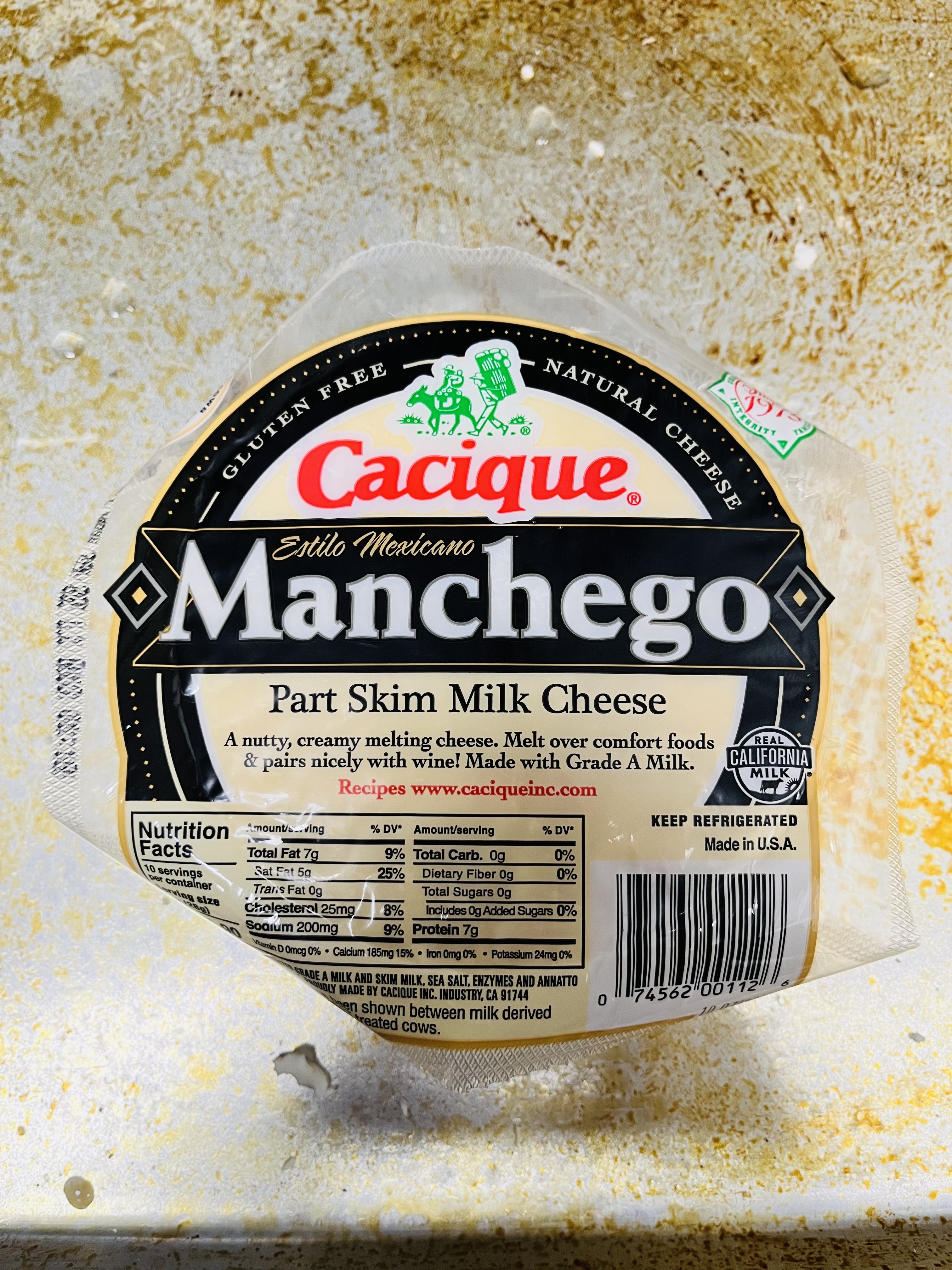
Tasting Notes:
You may know Manchego from the Spanish sheep’s milk cheese from La Mancha, but Mexican Manchego… is not that. They are similar in name only, and it’s actually a problem for Spain, they’ve long lobbied for Mexico to stop using the term. But uh, Spain, with all due respect you left cheese and a legacy of colonialism and since we can’t undo the history of colonialism we’re certainly hanging onto the cheese name.
Manchego is a shreddable cheese that melts easily. A lot of people liken it to cheddar because it has a sharpness to it, but it’s much milder and lands on my palate as much sweeter than cheddar, with a pleasant earthy aftertaste that lingers.
You could almost call this cheese’s sweetness “fruity,” but don’t take that the wrong way — it still lends itself well to savory dishes.
What To Eat It On:

I love this cheese stuffed in a chili or on enchiladas, but it also makes for a great gooey quesadilla. Blend it with some Oaxaca cheese and sprinkle it over nachos and you’ll be in heaven.
It was too delicious to get a good picture of.

The Bottom Line:
Subtly sharp, sweet, shreddable, and melty.
Menonita
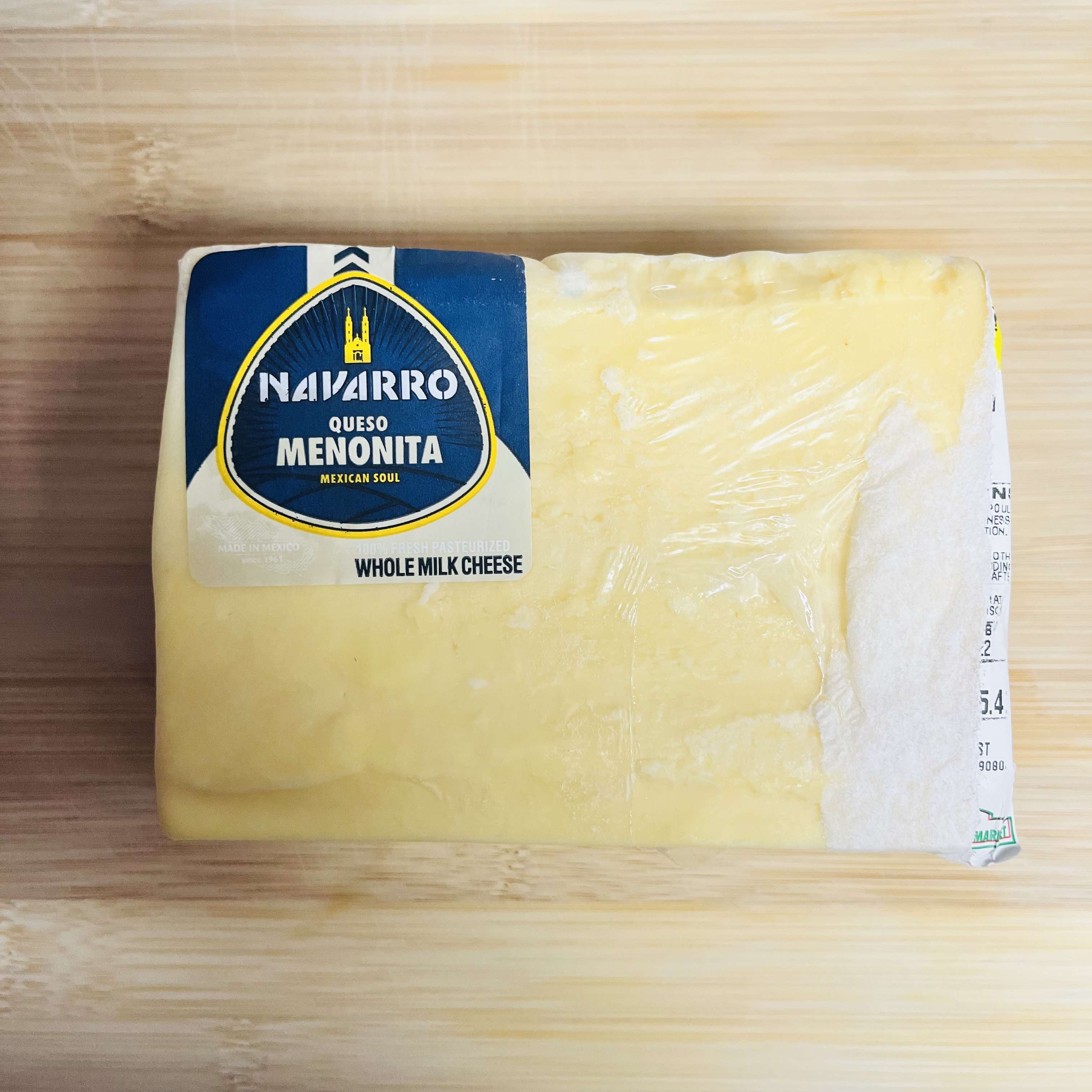
Tasting Notes:
Sometimes simply called “Chihuahua,” though I find that term to be used rarely, menonita is a cheese hailing from the state of Chihuahua, Mexico and is named such because it was traditionally produced by Mennonite farmers who settled in the area. With an almost Muenster-like quality to the flavor, this cheese is much harder and more oily than Queso Fresco with a noticeably stinky quality to it.
That sharp stink doesn’t travel over to the flavor though, this cheese is very mild and nutty with a hint of sweetness on the backend. It takes a while to melt, but when it finally does hit the right temperature it spreads beautifully, making this an ideal cheese for stuffing and baking.
What To Eat It On:

Before you roast me on this half-assed roasted pepper let me just say, in my defense, I have an electric stove. Properly roasting this thing would take me something like 25 minutes, so I heated it up to the point where the pepper was soft, and the cheese was melted, and you know what? Still delicious.
As I said previously, Menonita is the ideal stuffing cheese, and one popular way of eating it is in chile rellenos, or simply melted in a roasted poblano pepper. This is great grill food, cut open a pepper, stuff it with a wedge of menonita, melt it on the grill and you’ve got yourself a meal.
Add some carbs in there by eating it on a tortilla.
The Bottom Line:
Your best choice for stuffing anything with cheese.
Oaxaca

Tasting Notes:
Hailing from Oaxaca Mexico, home of the Tlayudas (the dish the Taco Bell Mexican Pizza was inspired by), you’ll often see Oaxaca cheese as a knot of off-white string cheeses. Like mozzarella, it’s easy to shred, grate, and is mild enough to be eaten on its own at room temperature. It tastes way better when you melt it though, which helps to bring forward the saltiness.
The flavor is very similar to skim-milk mozzarella, but it’s a little less neutral, leaning toward a Monterey Jack flavor, but less distinct and nutty and more earthy and peppery. It’s one of the more boring Mexican cheeses, but I love it and it makes for a great base in a blend of cheeses.
What To Eat It On:

Quesadillas, burritos, on simply eat it plain on its own. You’re going to use it basically the same way you’d use mozzarella cheese. I love to mix it with Monterey Jack and stick it in a burrito, roll it up and grill it on a pan so it gets nice and melty.
The Bottom Line:
Your basic shreddable, meltable, neutral salty cheese.
Panela
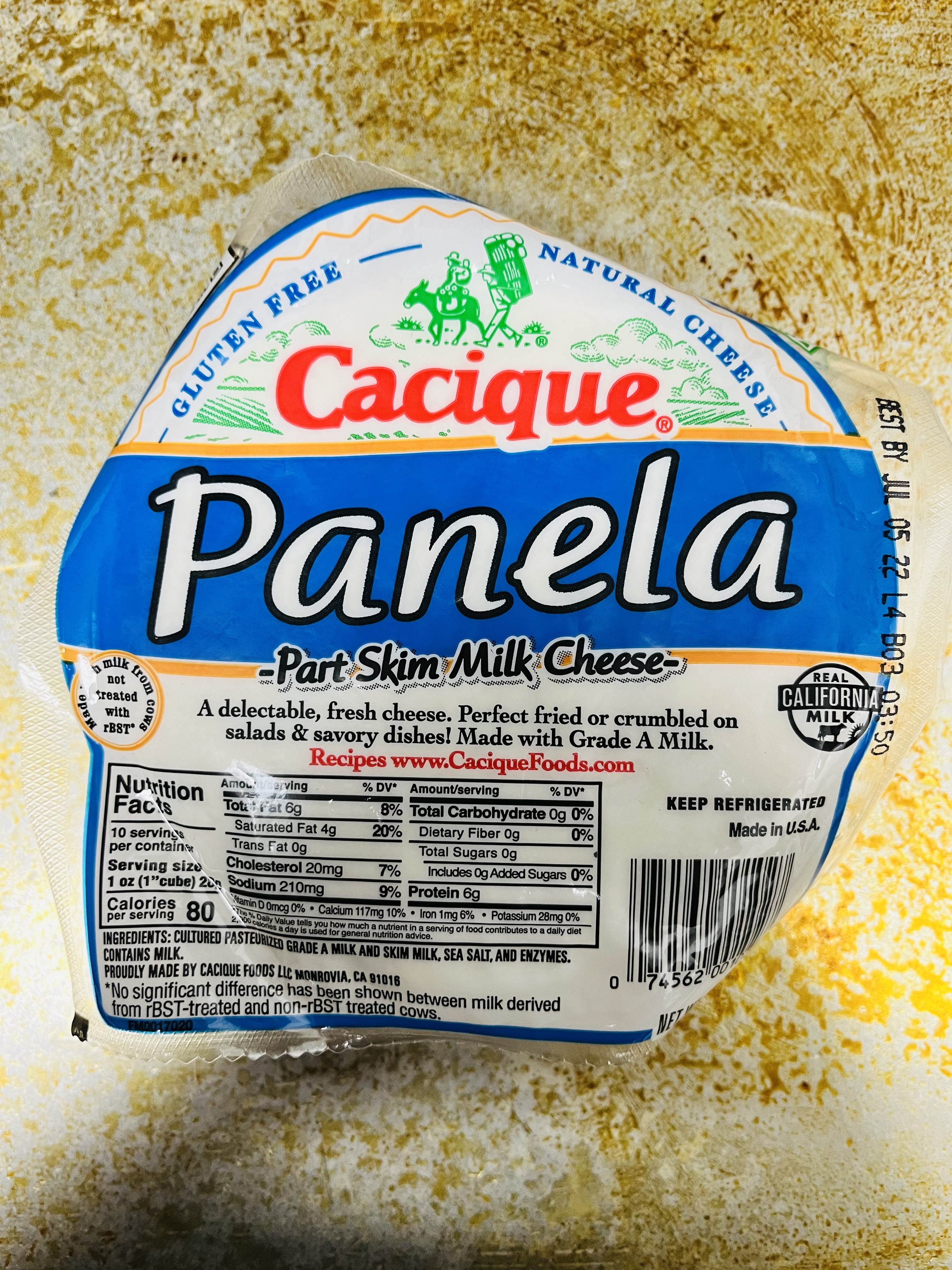
Tasting Notes:
Panela is an interesting cheese, the good stuff is produced in the town of Tapalpa, but the cheese doesn’t have a clear site of origin, like some of the other cheeses on this list named after Mexican towns. Made from pasteurized cow’s milk, panela is firm, flexible, and salty with a sour aftertaste.
What To Eat It On:

Because Panela doesn’t melt that well we don’t suggest you utilize it in something like a burrito or quesadilla, instead enjoy it fresh on pretty much anything that fresh cold cheese goes with.
But if you really want to love life, fry it. Since Panela doesn’t melt and holds its shape, you can soften it up by throwing it on a pan. Throw some fried Panela in a tortilla with some cactus and you’ve got a delicious vegetarian taco.
The Bottom Line:
You can fry it — need we say more?
Requeson

Tasting Notes:
Requesón can be found in just about every Mexican market but its origin is actually Portugal, and it’s become popular in Latin American countries via the influence of Brazil. The brands you’ll find in Mexican markets will likely be produced in Mexico or America (the Brazilian stuff is creamier and less salty) and it is basically a Mexican version of ricotta cheese. The brand I bought literally just says “ricotta cheese” on the label.
The flavor is a mix between saltiness and creaminess — okay, look… It’s just f*cking ricotta cheese. It differs only in that it’s saltier.
What To Eat It On:

It’s mild, spreadable, and serves as a great filling in everything from empanadas to pasta. It can also be eaten fresh. If you like that ricotta flavor, you’re going to love this but I still prefer to stuff things with the more flavorful Manchego.
The Bottom Line:
It’s Mexican Ricotta cheese.







